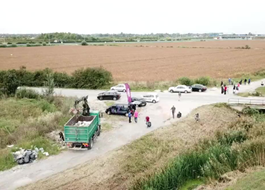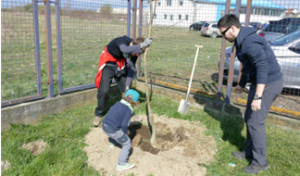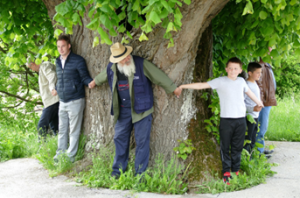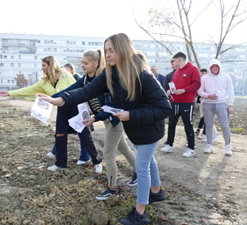BLOG
Sesvete is a district of Zagreb with an area of 169.01 km2 (which is 26.4% of the urban area of Zagreb) and has over 80,000 inhabitants (which is 12% of the total population of Zagreb). It is a relatively young district in terms of the age structure of the population, with 20% under the age of 20, 56% between the ages of 20 and 60, and 24% over the age of 60. Population growth in the new millennium and it is known as a pleasant suburban neighborhood suitable for (young) families to live in and attracts active people with an entrepreneurial spirit. In such an environment, there is a constant need to increase the spatial capacity of some existing public buildings (such as schools, markets and health facilities, to name a few). Also, with a large share of entrepreneurial topics in the community, the need for new forms of space in the service of the community, such as hubs, is also developing.
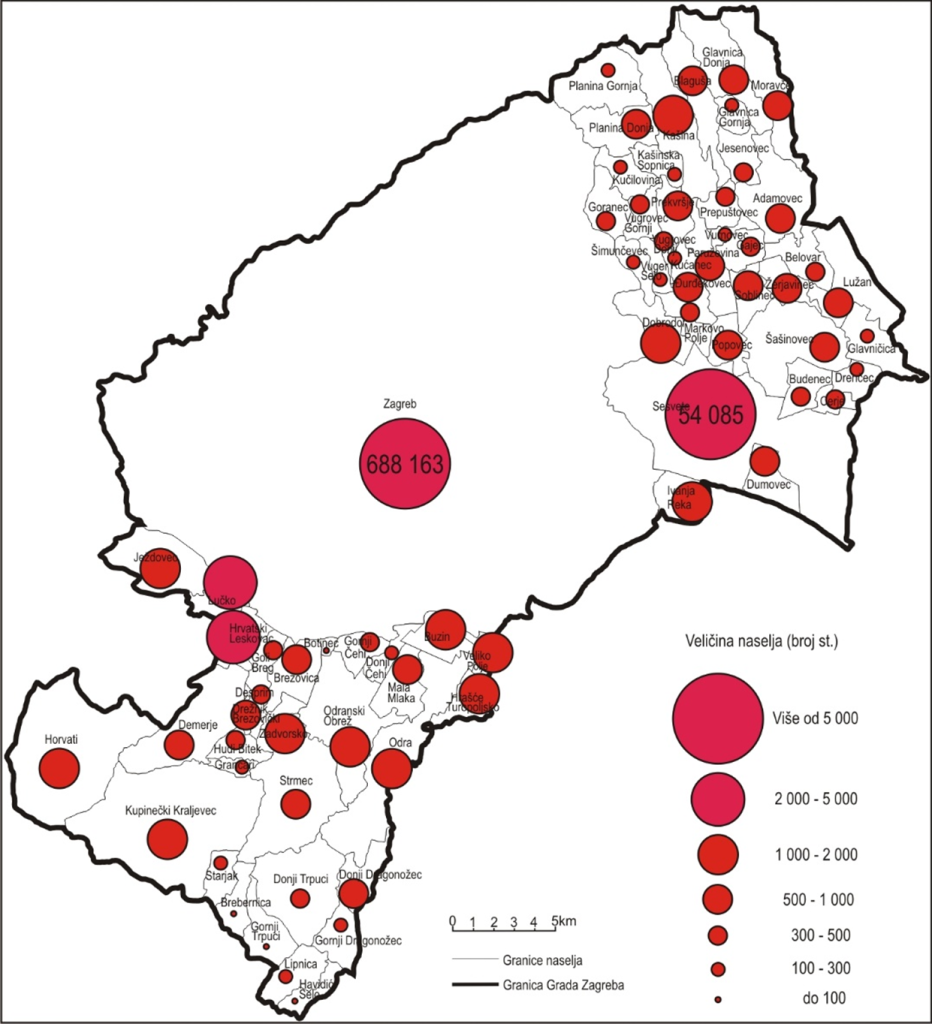
Settlement size within the City of Zagreb Municipality (number of inhabitants) _
Source: Study by Stjepan Šterc, PhD, Faculty of Science, University of Zagreb
Repurposing abandoned industrial buildings for the growing spatial needs of the community is an excellent way of revitalizing the area and meeting the diverse needs of the community. The former industrial location of Sljeme in Zagreb’s Sesvete was assessed, which means that the condition, size and suitability for different uses were determined for each building. Factors such as structural integrity, available space, zoning regulations and accessibility were considered by architects, engineers and urban planners who helped assess the building’s potential and limitations. The process of identifying community needs was carried out by conducting numerous in-depth interviews with various community members to understand their specific needs and preferences. This led to the identification of areas where the community lacks adequate facilities such as a music school, creative industry spaces, museums, police stations, health centers or markets. These insights helped prioritize building uses. Based on the established needs of the community, a conceptual plan for the conversion of the buildings was created. The aim was to ensure that the plan contained as much space as possible for each use, taking into account important factors such as safety, accessibility and the possibility of future expansion. The idea was to create a flexible design that can adapt to different uses over time, while at the same time incorporating sustainable design principles, such as energy-efficient systems and green spaces, wherever possible.
The next step would be to secure financing by exploring various financing options to support the conversion project, followed by obtaining the necessary consents and permits for the renovation and adaptation of the building. In the meantime, numerous actions have been implemented to involve relevant stakeholders and cooperation with local schools, entrepreneurs and community organizations has been encouraged to ensure that their needs are met and their expertise is strengthened. The potential of transforming abandoned industrial buildings into a vibrant community center that meets the growing spatial needs of residents while preserving the character and heritage of the area is clear and highly desirable.
There are several reasons why the HUB is important to the community. It brings together different services, resources and activities to serve as a gathering place for community members, encouraging social interaction and a sense of belonging. It creates opportunities for people to meet, connect and engage in a variety of activities, promoting community cohesion and relationships. The center can stimulate further economic growth in this district by attracting even more companies, entrepreneurs and creative industries. It creates a hub of activity that can create employment opportunities, support local businesses and contribute to the overall economic vitality of the community. It is also good to emphasize that some resources can be optimized by consolidating services and facilities in the center. This can lead to cost savings, increased efficiency and better utilization of resources, ultimately benefiting both service providers and the community. For cultural and educational opportunities, the center can provide spaces for these activities, such as educational institutions or spaces for workshops and training programs. These opportunities enhance the cultural experiences of the community and provide avenues for learning and personal development regardless of age, thus improving the quality of life.
While waiting for funds and permits for the renovation of former industrial buildings, a new idea of a HUB that is dispersed within the city district has emerged. While a centralized center has its advantages, a hub-like dispersion of facilities and services within a city district can also be an effective approach. This distributed model allows for decentralization and ensures that resources and services are readily available to different parts of the community. By dispersing hubs within a city district, a network of localized resources and services can be created that meet the specific needs of different neighborhoods or districts. This approach promotes accessibility, encourages community engagement and ensures that the benefits of the hub are available to the wider population within the city borough. This does not mean that the idea of a HUB in the former industrial location of Sljemen has been abandoned, but only that, while waiting for a central space, some other smaller spaces could serve as a good starting point.
Throughout this process, the community was strongly involved. A lot of effort has been invested in ensuring social inclusion and social cohesion of different age groups by involving them in all kinds of activities that are carried out as part of individual EU projects or independently. The goal is to encourage social cohesion and a sense of belonging within the global community, to promote positive social interactions, cooperation and solidarity among individuals from different backgrounds, creating a sense of common identity and collective well-being. The goal is also to promote the acceptance and appreciation of diversity, the recognition and respect of different backgrounds, identities, cultures and abilities of individuals. Its goal is to create a society that values and accepts the contributions of all its members.
Important activities that took place in the last 10 years with the aim of strengthening the community and its active participation in the creation of the built environment can be divided into three groups. The first is the one led by the “Green and Blue Sesvete” association, created in 2015. The second unites activities resulting from projects co-financed by the European Union (Progireg, Urban gardens, STEM Sesvete, Learning landscapes, Centrinno). The third relates to various other projects that are carried out in cooperation (clearing the area of garbage, planting trees, cloning old linden trees, honey meadow).


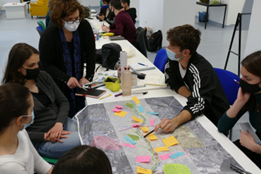
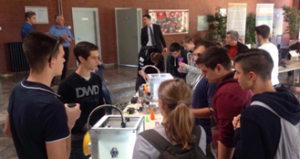
Projects co-financed by the European Union _ Source: Projects archives
